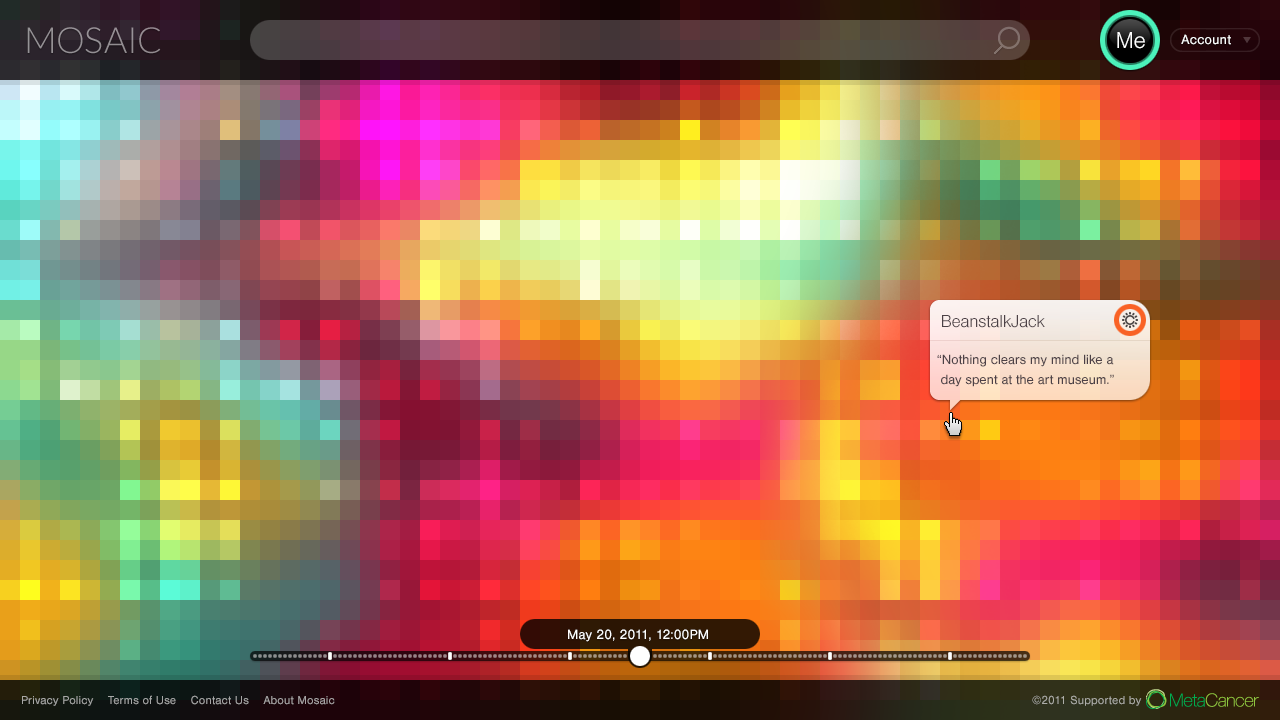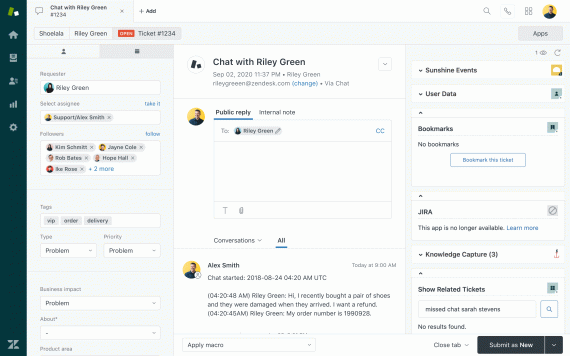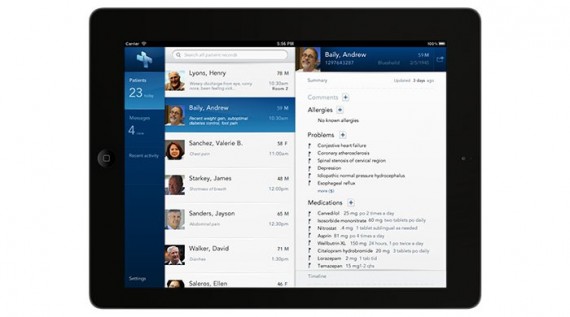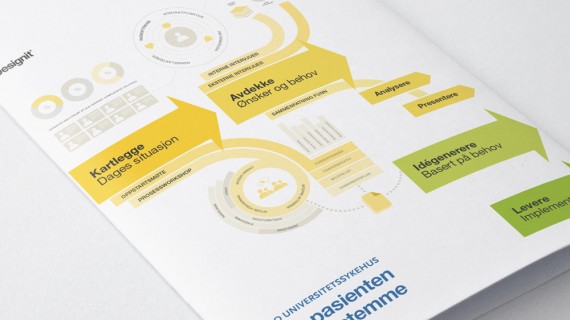Honolulu Answers
Team
Company | Institution
Category
Type
Project description
Government websites have a wealth of information but are often hard for citizens to navigate to find the answer to their specific questions. As a citizen, when you visit a government website with a question in mind, chances are you want a quick answer and a simple explanation, so you can be on your way. Unfortunately, this is not how the experience usually goes. On most govt websites, a lot of the time, you run into things like bad navigation, broken links, old content, and information that's hard to understand. Basically, a website rich with information isn't useful if the information cannot be easily accessed. Hard to use govt websites are frustrating for both citizens and City Hall. Honolulu’s city staff spends a lot of time answering phone calls from frustrated citizens who find the city website so unmanageable that calling for the information is inevitably easier. Honolulu Answers (answers.honolulu.gov) is a new approach to make it easier for people to get quick answers to their questions about city information and services. It's an open-source website that is citizen-focused, question-driven, and simplifies the govt website experience with a clean, easy-to-navigate design.
Context
Our goal was to have Honolulu Answers be accessible to anyone in Honolulu, regardless of their vocabulary skills. Most internet journeys begin with search, so we designed the site with that in mind. The site functions similar to Google — it centers around a prominent search box, where a resident can type in a question or keywords using plain language – and receive friendly and concise responses. At the same time, we bubble up the most frequently viewed topics, so the majority of users can click directly to their topic.
Researching, interpreting, and re-writing city content in plain answers was a challenge. We had a great partnership with the City of Honolulu, so we were able to test the site with real users visiting the city’s website looking for information.
Our city partner helped us track analytics to see what people were looking for on the website so we could answer real people’s questions for the initial articles. Then, to make it a truly citizen-focused site, we decided to bring in citizens to write answers to their own questions. What followed was a civic write-a-thon, the first of its kind, and a stunning example of solution-based citizen engagement.
Impact
Honolulu Answers is not only driven by citizen questions, it’s also driven by citizen-focused writing. What better way to create a citizen-centric site than to involve citizens in writing the content? We brought in the community to answer their questions in the first ever civic write-a-thon. City staff gave up a precious Saturday to collaborate with citizens in researching and writing answers to their questions.
120 articles were written in just 2.5 hours of writing time. People wanted to take more questions for homework. Some wanted to know when we would do this again. Not only were we seeing citizen engagement, but since the city employees were explaining things to people in plain language, they were starting to understand the citizen’s perspective, which is different from the way the city is organized internally. We were witnessing government being more open and collaborative.
The site includes a how-to guide for hosting write-a-thons, so that there can be similar activities all over the country. The Write-a-thon is just one in a series of ways we’ll be getting citizen feedback into Honolulu Answers. Among other things, we’ll use metrics to be smart about which articles should be bubbled up on the site.
Craft
Honolulu Answers is not meant to be a portal destination. Every page is an answer to a potential question by a citizen. The content on Honolulu Answers is organized based on citizen understanding, the intuitive way you’d think of a problem, not the way the city is organized internally.
There are a couple of different types of content on the site: For the vast majority of questions people have, they just want a “Quick Answer,” the 5 things they need to know, so they can be in and out in 30 seconds. But then there are questions for which people have more time, such as “What do I need to do in order to move to Hawai’i?” For questions that you have 5 minutes to research, we’ll have more informative step-by-step “Guides.”
Our goal was to have the site be accessible to anyone in Honolulu, regardless of their vocabulary skills. We paid a lot of attention to the writing style, which needs to be a blend of both what sounds natural, and what’s easy to read and parse cognitively. I created a content style guide that’s unique to the site, and that I’m using to train the city’s and community’s writers.
Context
Our goal was to have Honolulu Answers be accessible to anyone in Honolulu, regardless of their vocabulary skills. Most internet journeys begin with search, so we designed the site with that in mind. The site functions similar to Google — it centers around a prominent search box, where a resident can type in a question or keywords using plain language – and receive friendly and concise responses. At the same time, we bubble up the most frequently viewed topics, so the majority of users can click directly to their topic.
Researching, interpreting, and re-writing city content in plain answers was a challenge. We had a great partnership with the City of Honolulu, so we were able to test the site with real users visiting the city’s website looking for information.
Our city partner helped us track analytics to see what people were looking for on the website so we could answer real people’s questions for the initial articles. Then, to make it a truly citizen-focused site, we decided to bring in citizens to write answers to their own questions. What followed was a civic write-a-thon, the first of its kind, and a stunning example of solution-based citizen engagement.
Impact
Honolulu Answers is not only driven by citizen questions, it’s also driven by citizen-focused writing. What better way to create a citizen-centric site than to involve citizens in writing the content? We brought in the community to answer their questions in the first ever civic write-a-thon. City staff gave up a precious Saturday to collaborate with citizens in researching and writing answers to their questions.
120 articles were written in just 2.5 hours of writing time. People wanted to take more questions for homework. Some wanted to know when we would do this again. Not only were we seeing citizen engagement, but since the city employees were explaining things to people in plain language, they were starting to understand the citizen’s perspective, which is different from the way the city is organized internally. We were witnessing government being more open and collaborative.
The site includes a how-to guide for hosting write-a-thons, so that there can be similar activities all over the country. The Write-a-thon is just one in a series of ways we’ll be getting citizen feedback into Honolulu Answers. Among other things, we’ll use metrics to be smart about which articles should be bubbled up on the site.
Craft
Honolulu Answers is not meant to be a portal destination. Every page is an answer to a potential question by a citizen. The content on Honolulu Answers is organized based on citizen understanding, the intuitive way you’d think of a problem, not the way the city is organized internally.
There are a couple of different types of content on the site: For the vast majority of questions people have, they just want a “Quick Answer,” the 5 things they need to know, so they can be in and out in 30 seconds. But then there are questions for which people have more time, such as “What do I need to do in order to move to Hawai’i?” For questions that you have 5 minutes to research, we’ll have more informative step-by-step “Guides.”
Our goal was to have the site be accessible to anyone in Honolulu, regardless of their vocabulary skills. We paid a lot of attention to the writing style, which needs to be a blend of both what sounds natural, and what’s easy to read and parse cognitively. I created a content style guide that’s unique to the site, and that I’m using to train the city’s and community’s writers.

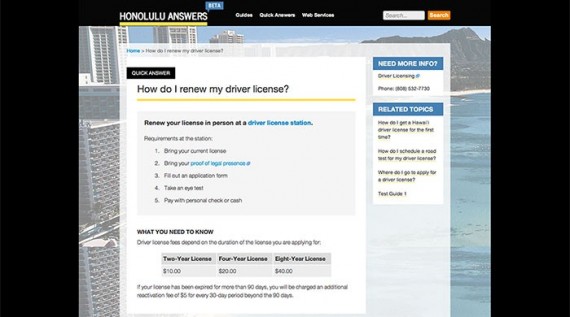



.jpg)


